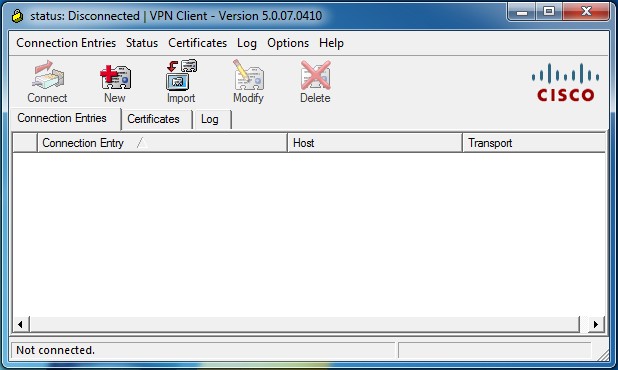

Here is a graphical explanation of split-tunneling.Ĭurrently multicast support is not enabled.Ĭertain versions of personal firewall software, home or small office Cable/DSL gateways (sometimes referred to as Cable/DSL routers), and Linux or BSD NAT/Firewall gateway/routers must be configered to allow traffic to the SSLVPN gateway Please consult the documentation for your software or hardware. An unauthorized connection can be made inbound via the second connection and undetected through the encrypted first tunnel to the University resources.As a result of the security risks split-tunneling is disabled for all IPSec sessions.The University's security policies are not enforced on the remote users' second connection to the internet.Split-tunneling is a security risk since: If the user is able to create a second connection (encrypted or unencrypted) outside the first tunnel to the internet this is considered split-tunnelling. When a user has an IPSec (encrypted) tunnel to the York University network this is considered a single tunnel. You may disable this service as follows:Microsoft OS: start > run > services.msc > Wired AutoConfig (disable) The IEEE 802.1x Authentication makes changes to the routing table.

To prevent this from occuring remove the "Bonjour" program from the list of installed programs.Windows OS: start > settings > Control Panel > Add or Remove Programs > Remove the "Bonjour" program. When this occurs Network Connect closes the session. The routing table is changed to redirect all traffic from the computer to an external Apple(r) site for traffic inspection then returned to the source computer to be routed to the intended destination.

Where can I get a listing of the operating systems and browsers supported by the SSLVPN service?.What files are pushed down to my computer at the start of an SSLVPN session?.What are the issues with the use of personal firewalls?.Can I participate in a multicast session within an SSLVPN tunnel?.What is split-tunneling and why is it not allowed?.I am unable to maintain an IPSec session. Network Connect closes automatically after I sign on.Will the Juniper IPSec client (called Network Connect) replace the Cisco VPN Client?.


 0 kommentar(er)
0 kommentar(er)
